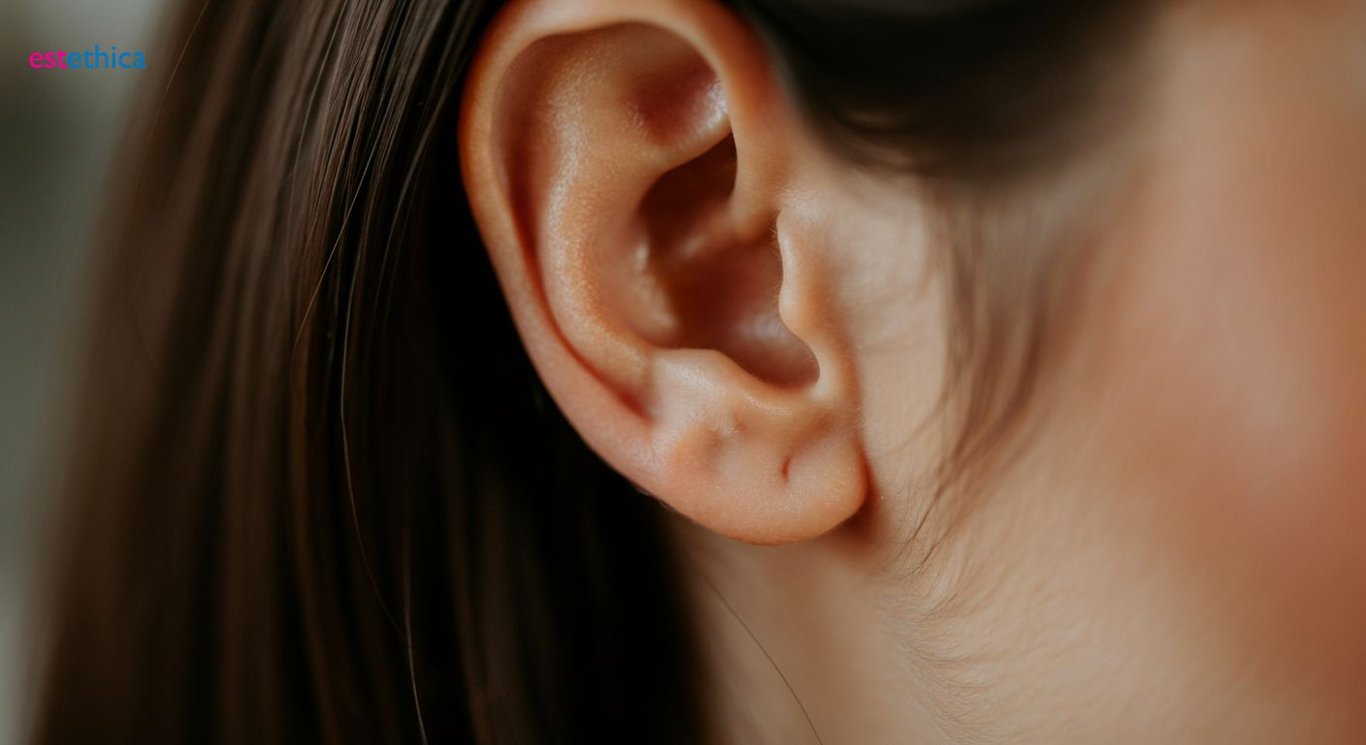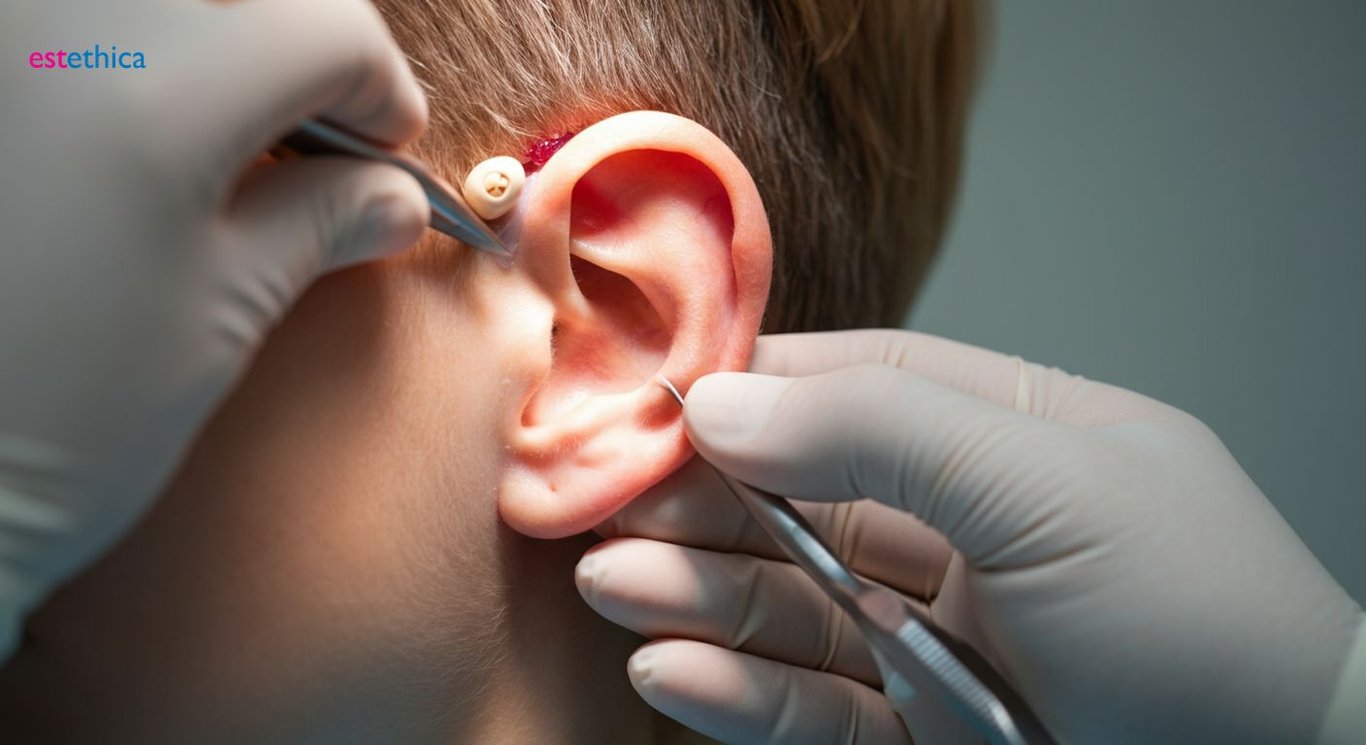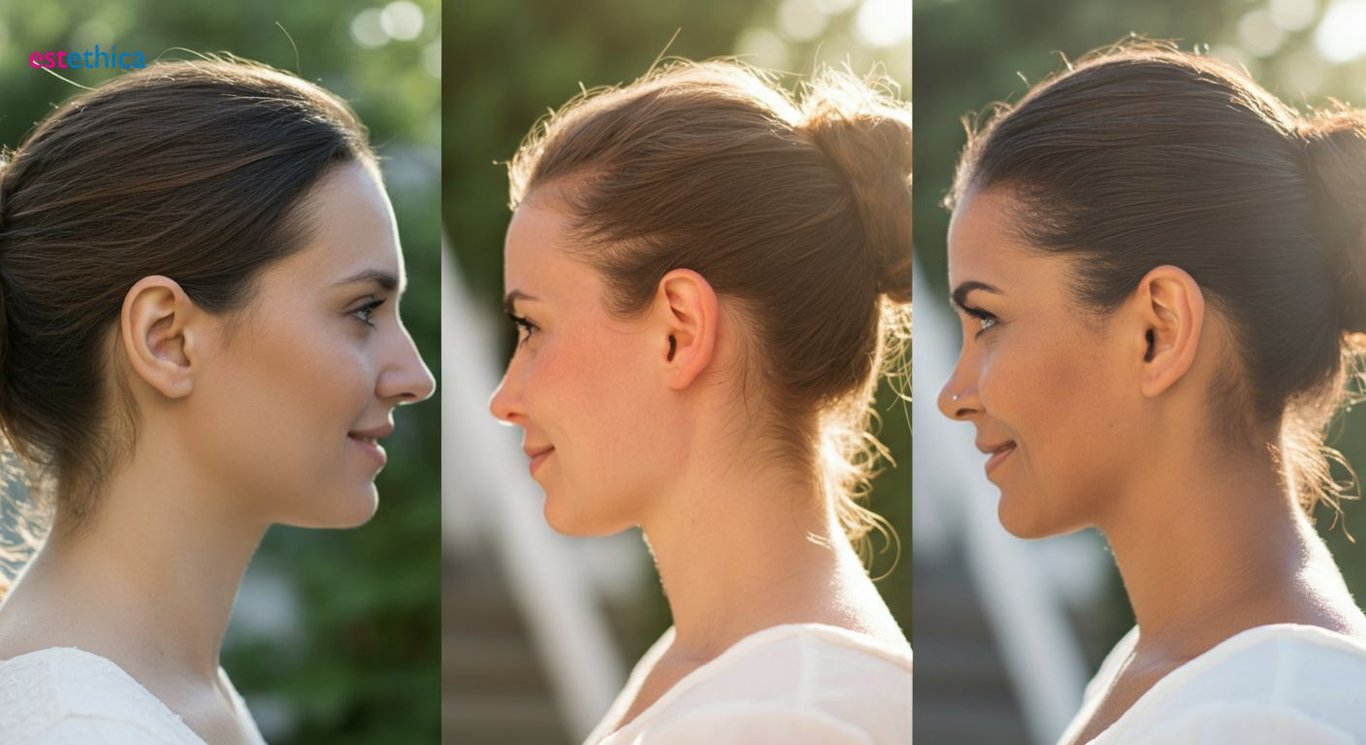Ear Reshaping: Crafting Confidence Through Cosmetic Ear Surgery
Explore effective ear surgery options to reshape your ears. Enhance your appearance and confidence with cosmetic ear surgery.
Welcome to our comprehensive guide on unlocking your ideal ear shape through ear surgery and reshaping. In this article, we explore the various methods available to achieve your desired ear aesthetics. Whether you're considering ear pinning, reshaping, or other cosmetic ear surgery options, we provide crucial insights to help you make an informed decision. Discover how ear surgery can not only enhance your appearance but also boost your confidence. Join us as we delve into the specifics of ear surgery recovery and offer tips for a seamless healing process.
What is Ear Surgery (Otoplasty) and Who is a Good Candidate?
Ideal Candidates for Otoplasty
Ear surgery, also known as otoplasty, is a cosmetic procedure designed to change the position, size, or shape of the ears. This procedure is ideal for individuals who are self-conscious about their ear shape or those facing issues like protruding ears. A good candidate for otoplasty is someone who is in good overall health, has fully developed ears (typically age five and older), and has realistic expectations about the outcomes of the surgery. It is also suitable for those whose ears are disproportionately large or asymmetrical, or for anyone who has experienced ear trauma.
- Children with Prominent Ears: Otoplasty can correct protruding ears, helping to prevent teasing and boosting self-esteem during formative years.
- Adults Seeking Facial Harmony: Many adults opt for ear reshaping to achieve better balance and proportion between their ears and other facial features.
- Individuals with Ear Deformities: Those with congenital ear anomalies or injuries can benefit from reconstructive ear surgery to improve both function and appearance.
The procedure typically involves reshaping the cartilage to create a more naturally contoured look that balances the dimensions of the head and face. Understanding the goals of ear surgery and having a thorough consultation with a skilled plastic surgeon will significantly impact the success and satisfaction of the procedure.
Understanding the Otoplasty Procedure
Otoplasty aims to correct ear deformities and improve overall facial symmetry. The procedure is highly individualized, depending on the patient's specific needs and anatomical structure. For example, someone with overly large ears may seek reduction otoplasty, while another with folded-over ears might require cartilage reconstruction. The goal is always to create a natural-looking ear shape that complements the individual's features.
- Initial Consultation: A thorough evaluation to discuss goals, assess ear structure, and determine the best surgical approach.
- Surgical Technique: Involves reshaping, reducing, or augmenting ear cartilage through incisions typically made behind the ear.
- Recovery and Results: Post-surgery care includes wearing a bandage for support, with visible improvements apparent as swelling subsides.

Ear Pinning vs. Ear Reshaping: Understanding Your Options
The Specifics of Ear Pinning
Ear pinning, clinically known as otoplasty, focuses on reducing the prominence of ears that stick out noticeably from the side of the head. This procedure is particularly popular among younger patients who may experience social discomfort due to the appearance of their ears. By adjusting the cartilage, ear pinning creates a more streamlined look. For example, if an individual's ears protrude more than two centimeters from the side of their head, ear pinning might be a suitable option.
- Cartilage Adjustment: Involves reshaping the ear cartilage to reduce its projection.
- Suturing Techniques: Uses sutures to hold the new shape in place, ensuring a natural-looking contour.
- Minimal Scarring: Incisions are typically made behind the ear to minimize visible scarring.
Deciding on Ear Reshaping
Ear reshaping, also known as cosmetic ear surgery, goes beyond just pinning back protruding ears. It addresses a variety of aesthetic issues, such as large earlobes, misshapen ears due to trauma, or congenital deformities. For instance, someone with constricted ears or shell ears, where the outer rim is tightly folded, might benefit more from ear reshaping. According to a study published in the "Aesthetic Surgery Journal," ear reshaping can significantly improve patient satisfaction by addressing specific structural concerns.
- Comprehensive Evaluation: Assessment of ear structure to identify specific areas needing correction.
- Customized Approach: Tailoring the surgical plan to meet individual aesthetic goals.
- Functional Improvement: Addressing structural issues that may affect hearing aid use or other functions.

Cosmetic Ear Surgery: Correcting Protruding Ears and More
Refining Ear Aesthetics Through Surgery
Correcting protruding ears is a significant reason many seek cosmetic ear surgery. This procedure not only alters the appearance by positioning the ears closer to the head but also greatly enhances self-confidence, especially in children who may experience bullying due to the appearance of their ears. According to the American Society of Plastic Surgeons, otoplasty is commonly performed on children between the ages of five and fourteen to correct ear deformities and improve their self-esteem during crucial developmental years.
- Improved Symmetry: Aims to create a balanced and harmonious appearance between the ears and facial features.
- Enhanced Confidence: Helps individuals feel more comfortable and secure about their appearance.
- Reduced Prominence: Corrects ears that protrude excessively from the head, minimizing self-consciousness.
Comprehensive Cosmetic Ear Procedures
Beyond addressing protruding ears, cosmetic ear surgeries can refine various issues, from reducing oversized earlobes and adjusting ear projections to reconstructing ears following traumatic injuries. Each procedure requires a customized approach, considering factors such as the patient’s age, ear structure, and desired outcomes. For instance, earlobe reduction is often sought by individuals whose earlobes have stretched due to aging or wearing heavy earrings, while ear reconstruction may be necessary after accidents or cancer surgeries.
- Initial Assessment: Thorough evaluation of the ear structure to determine the most appropriate surgical technique.
- Surgical Planning: Tailoring the procedure to meet the patient’s specific needs and aesthetic goals.
- Post-operative Care: Providing detailed instructions to ensure proper healing and optimal results.

Ear Surgery Recovery: Tips for a Smooth Healing Process
Essential Aftercare Following Ear Surgery
The period following ear surgery is critical for ensuring the success of the procedure and promoting optimal healing. Patients are typically fitted with a protective bandage or headband immediately after surgery, which helps to support the newly reshaped ears and minimize swelling. It is essential to adhere to all post-operative instructions provided by the surgeon to reduce the risk of complications. For example, avoiding strenuous activities and contact sports is crucial to prevent trauma to the healing ears. Regular follow-up appointments with the surgeon are also vital for monitoring progress and addressing any concerns that may arise.
- Protective Bandaging: Wearing bandages as directed to support the ears and minimize swelling.
- Medication Management: Taking prescribed medications to manage pain and prevent infection.
- Activity Restrictions: Avoiding strenuous activities to prevent complications and ensure proper healing.
Optimizing Your Healing Process
Achieving the best possible results from ear surgery involves a commitment to a comprehensive recovery plan. Patients should prioritize rest and proper nutrition to support the body's natural healing processes. For example, a diet rich in vitamins and minerals can aid in tissue repair and reduce inflammation. Additionally, maintaining good hygiene and avoiding exposure to potential sources of infection are important steps to ensure a smooth recovery. Regular communication with the surgical team is also key to addressing any questions or concerns that may arise during the healing period. The benefits of cosmetic ear surgery are numerous.
- Follow Surgeon's Instructions: Adhering to all post-operative guidelines provided by the surgeon.
- Maintain Hygiene: Keeping the incision sites clean and protected to prevent infection.
- Attend Follow-Up Appointments: Regularly consulting with the surgeon to monitor healing progress.
Precision Ear Reshaping with Advanced Cartilage Reconstruction Techniques
Seamless Ear Surgery Recovery with Comprehensive Aftercare Support
Frequently Asked Questions
What is Ear Surgery (Otoplasty)?
What is the difference between ear pinning and ear reshaping?
Who is a good candidate for cosmetic ear surgery?
What does the recovery process look like after ear surgery?
What are the benefits of undergoing ear surgery (otoplasty)?
Ready to discover your path to healthy beauty with estethica's expert guidance?
📞 Call Now for a Free Consultation!